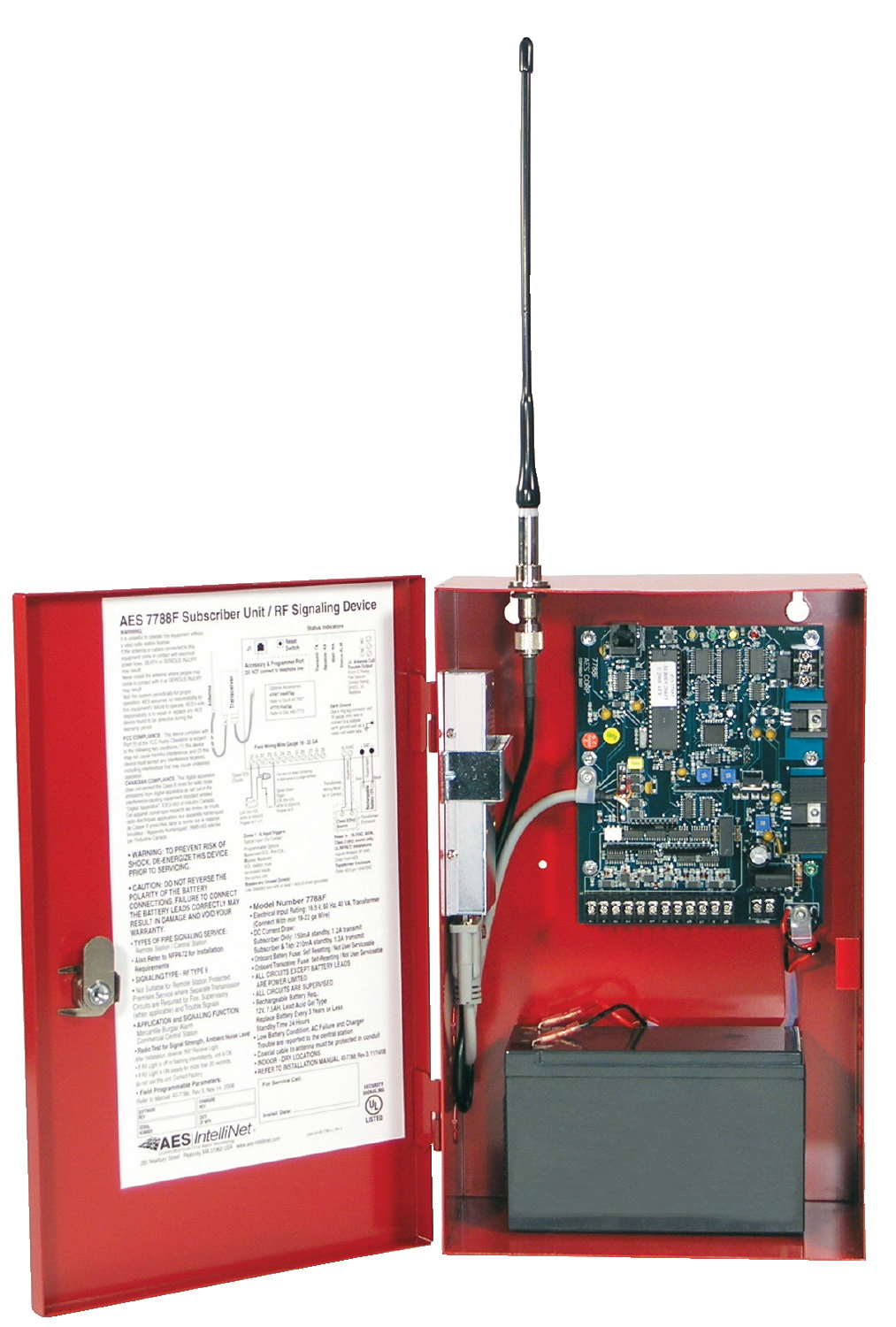Wireless Commercial Fire Alarm Monitoring in South Florida
Say goodbye to outdated wiring and hello to a wireless commercial fire alarm monitoring network that ensures rapid, reliable alerts.
With fast installation, low maintenance, and 24/7 monitoring, your building’s safety is ensured without the hassle of older, traditional systems. Guarantee compliance, enhance safety, and gain peace of mind with our cutting-edge solutions.
⭐⭐⭐⭐⭐
I’m a property manager at a Fort Lauderdale building and we hired Premier Fire Alarm system to secure our building and may I say their installation process was quick and efficient, and their team was knowledgeable and professional. Highly recommend for anyone in Broward area needing a reliable fire alarm system!
– Anabel Gray
Get a Quote Today
All New Customers Receive 25% Off All Services

What is Wireless Fire Alarm Monitoring?
Wireless fire alarm monitoring connects your building’s fire alarm system to emergency responders without traditional phone lines or internet.
Outdated landlines can be affected by storms and other inclement weather. But wireless systems use radio signals to send emergency alerts directly to a monitoring center. From there, dispatchers immediately notify the closest fire department, sending them to your location. These systems are faster, more reliable, and easier to install. This makes them ideal for commercial buildings, condos, schools, and other properties.
Get safer fire protection that helps keep your building compliant and your people protected 24/7.
Why Building Owners Are Making the Switch
Traditional fire alarm systems often depend on landlines or internet connections. These means are susceptible to:
- Power Outages
- User Tampering
- Higher Monthly Costs
Building owners across South Florida are switching to wireless fire alarm monitoring to avoid these issues and stay compliant with new safety codes. With a wireless fire monitoring system, you can cut telecom costs, improve system reliability, and avoid disruptions that could delay emergency response.
It’s not just a technology upgrade—it’s a safer, more cost-effective solution for your building.

Call Now to Receive a No-Obligation Assessment and Quote for Your Building.
Key Benefits of Fire Alarm Monitoring
Here’s what you gain when you choose wireless commercial fire alarm monitoring:
No phone lines or internet required
Fast and easy installation
Complies with UL and NFPA fire codes
24/7 signal reliability—even during storms or outages
Lower monthly costs and less maintenance
This is fire protection that’s built for today’s buildings and tomorrow’s challenges.


About The AES-IntellNet® Subscriber
Premier Fire Alarm uses the AES 7788F/7744F Series Subscriber for our commercial fire alarm monitoring systems. These are ideal wireless communicators for new or existing monitoring systems. Built with AES Corportation’s patented mesh radio, your building will experience:
- Stable and reliable communication
- Retained virtual network owner-operators
- Met UL 864 Commercial Fire Alarm requirements
- Fully functional placements for phone lines
- Universal wireless transceivers
- 24/7 Support for new and legacy FACPs
These features allow the subscriber to become a smart long-range radio network with multiple pathways between each alarm site and the central receiver.
Get the most sustainable and profitable fire alarm communication technology in your building or office today.
Hear From Our South Florida Customers
Why Choose Premier Fire Alarms for Your Commercial Fire Alarm Monitoring In Florida
For over 15 years, our expert team has delivered trusted fire alarm monitoring services across South Florida—including installation, repairs, and system upgrades.
We proudly serve commercial properties in
Our wireless monitoring systems help keep your building compliant with local and state fire codes while ensuring fast, reliable emergency response. Upgrading to wireless technology isn’t just about convenience—it’s about protecting your people, your property, and your peace of mind, 24/7.
Call NOW to Get a Free Consultation and Estimate, Plus You May Qualify for a 20% Discount on the Installation.
Frequently Asked Questions
What are the requirements for fire alarm monitoring?
In Florida, commercial buildings that require a fire alarm system must also have it professionally monitored per the Florida Building Code and NFPA 72. Monitoring must be done through a UL-listed central station to ensure 24/7 emergency response. Systems must include backup power, undergo regular inspections, and comply with local permitting and code enforcement. High-rise and high-occupancy buildings have additional requirements, including voice evacuation and advanced detection systems.
What is the OSHA standard for fire alarms?
OSHA requires that all workplaces have a reliable means of alerting employees in case of fire, per 29 CFR 1910.165. Fire alarm systems must be clearly distinguishable from other signals, regularly tested, and maintained in working condition. Manual pull stations, alarms with both audible and visual alerts, and an effective evacuation plan are typically required. OSHA also mandates employee training on alarm procedures and emergency response.
What is the standard for fire alarm monitoring?
The standard for fire alarm monitoring is set by NFPA 72: National Fire Alarm and Signaling Code. It requires fire alarms to be monitored by a UL-listed central station to ensure immediate response to emergencies. The system must send signals within a specific time frame, operate 24/7, and have backup power in case of outages. Regular testing, maintenance, and compliance with local fire codes are also required.
What are the different types of fire alarm monitoring systems?
There are several types of fire alarm monitoring systems, including landline (POTS), cellular, internet/IP-based, and radio (wireless) systems. Landline systems use traditional phone lines but are being phased out. Cellular and IP systems offer faster, more reliable communication and are often preferred today. Radio-based (wireless) systems provide a strong alternative where cabling is difficult, offering secure signal transmission through dedicated frequencies. Each system type must meet NFPA 72 standards and be approved by local authorities.

